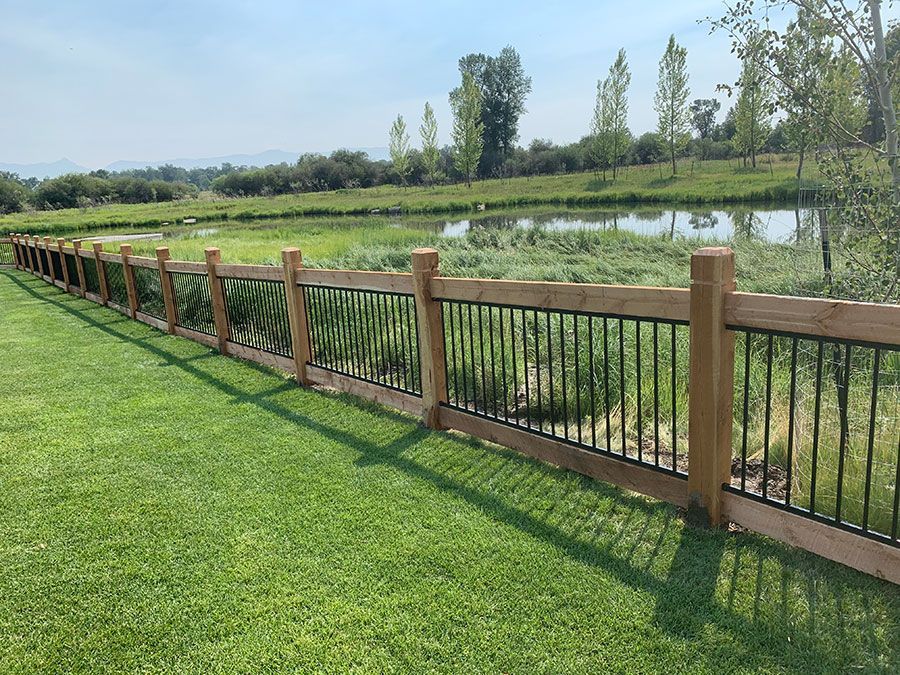Tracing the journey of continuous panel fencing from its humble beginnings to its role as a modern fencing solution.
The Beginnings of Continuous Panel Fencing
Early continuous panel fences were made from basic materials like wood and stone, providing limited protection but lacking the durability of today’s advanced designs.
Technological Advancements Over the Years
The industrial revolution marked a significant turning point for fencing technology. The introduction of steel production made it possible to create stronger and more consistent panels. By the mid-20th century, continuous panel fencing began to emerge as a practical solution for agricultural and industrial needs.
As welding and fabrication technology improved, continuous panel fencing became more customizable and durable. Pre-fabricated panels reduced installation time, marking a shift in how fences were constructed.
How Materials Have Changed in Continuous Panel Fencing
Continuous panel fencing materials have progressed over the years to enhance durability, affordability, and environmental responsibility. Key innovations include:
- Galvanized Steel: Introduced for its resistance to rust and long-lasting performance.
- Powder-Coated Finishes: Added for aesthetic appeal and enhanced protection against the elements.
- Recycled Materials: Growing emphasis on eco-friendly solutions has led to the use of recycled steel and other sustainable materials.
Adoption in Various Industries
What began as a solution for ranchers and farmers has expanded into a wide array of applications across different industries. Continuous panel fencing is now a preferred choice for:
- Agriculture: Managing livestock and protecting crops.
- Industrial: Securing warehouses, factories, and storage areas.
- Residential: Enhancing property boundaries and aesthetics.
- Public Spaces: Safeguarding parks, playgrounds, and recreational areas.
The flexibility of continuous panel fencing has made it a preferred solution in various sectors worldwide.
What’s Next for Continuous Panel Fencing?
As technology and sustainability continue to evolve, the future of continuous panel fencing looks bright. Emerging trends include:
- Smart Fencing: Integration of sensors and technology for automated monitoring and security.
- Modular Designs: Easier customization and reconfiguration to adapt to changing needs.
- Green Materials: Increased use of recycled and biodegradable materials to minimize environmental impact.
These innovations ensure that continuous panel fencing will remain a key element of modern fencing solutions in the future.
Wrapping Up
Continuous panel fencing has come a long way from its humble beginnings, evolving into a versatile and durable solution for various industries. With future innovations in the works, the potential for continuous panel fencing is limitless. Contact Montana Fence today to explore your options!
